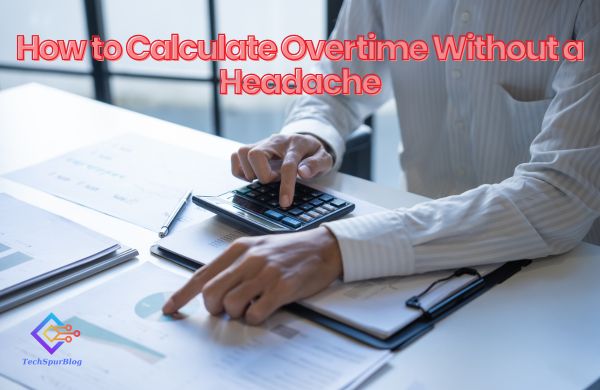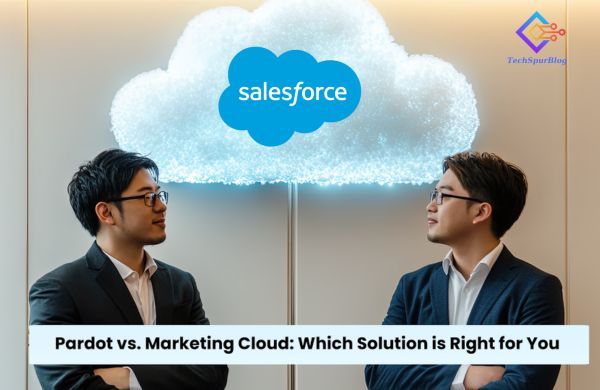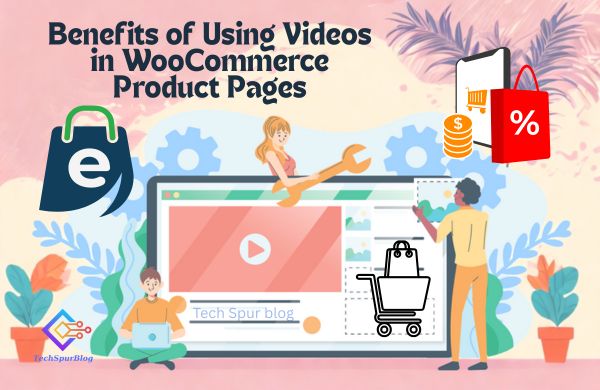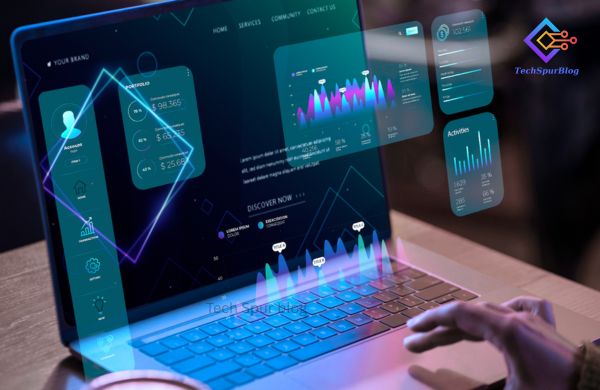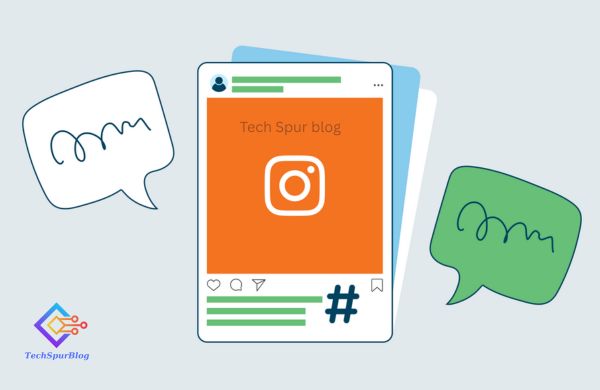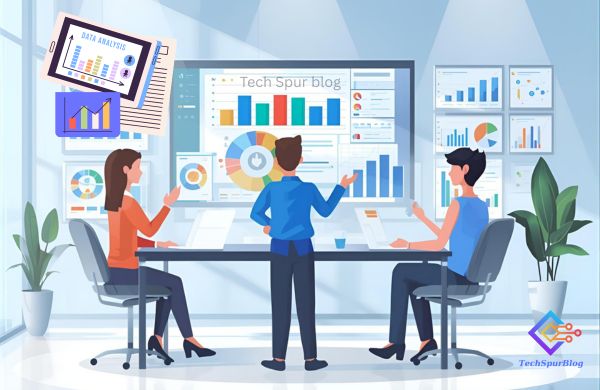In the intricate landscape of digital marketing in 2025, funnels serve as vital frameworks for guiding prospects from curiosity to commitment. Two concepts frequently discussed are the sales funnel and the marketing funnel, each playing a distinct yet interconnected role in driving business growth. While both aim to convert prospects into customers, their scope, objectives, and execution differ significantly.
This article examines the nuances of sales and marketing funnels, comparing their structures, purposes, and applications to help marketers optimize strategies in a data-driven era.
Unraveling the Purpose of Each Funnel
At their essence, both funnels map the customer journey, outlining the steps prospects take from initial awareness to final action. The marketing funnel casts a wide net, focusing on attracting, engaging, and nurturing a broad audience to build brand familiarity and trust.
It encompasses the entire process of turning strangers into leads, often across diverse channels like streaming TV ads, social media, or content marketing.
The sales funnel, by contrast, is narrower, concentrating on converting qualified leads into paying customers. It operates at the tail end of the customer journey, emphasizing transactional outcomes like purchases or subscriptions.
The marketing funnel feeds the sales funnel, creating a symbiotic relationship where one builds the pipeline and the other closes the deal. Understanding these purposes is key to aligning strategies with business goals.
Dissecting the Marketing Funnel’s Structure
The marketing funnel is a multi-stage process designed to cultivate relationships over time. Its stages typically include:
Discovery: Prospects encounter the brand through channels like Roku ads, blog posts, or social media campaigns. A retailer might use a Hulu ad to reach viewers streaming lifestyle shows, sparking initial interest.
Engagement: Prospects interact with content, such as watching a webinar or downloading a guide. An email series highlighting product features can deepen this connection.
Evaluation: Prospects weigh the brand against competitors, often seeking reviews or case studies. A well-designed website with testimonials can influence their perception.
Conversion: While some marketing funnels end with a purchase, many focus on softer actions, like newsletter sign-ups or demo requests, passing leads to the sales funnel.
This funnel prioritizes long-term engagement, measured by metrics like impressions, click-through rates (CTR), or lead generation rates. For instance, a campaign on X achieving a 4% engagement rate signals strong audience interest, even if immediate sales aren’t the focus.
Exploring the Sales Funnel’s Framework
The sales funnel is a streamlined, conversion-driven process that picks up where the marketing funnel leaves off. Its stages are more transactional, including:
Lead Vetting: Leads are assessed for purchase intent, often through scoring systems based on actions like form submissions. A SaaS company might prioritize leads requesting a demo.
Offer Presentation: The brand proposes a tailored solution, such as a discount or free trial. A landing page with a clear call-to-action (CTA) drives this stage.
Objection Handling: Especially in B2B, this involves addressing concerns like cost or implementation through personalized follow-ups.
Transaction: The lead completes the desired action, such as buying a product or signing a contract. A frictionless checkout process ensures success.
Sales funnels are evaluated through bottom-funnel metrics like conversion rate, cost per acquisition (CPA), or sales cycle length. For example, a $10,000 Roku campaign yielding 200 sales has a $50 CPA, reflecting efficient conversion.
Also Read: Google Ads vs Facebook Ads: Choosing the Right Platform for Your Business
Contrasting Scope and Scale
The most significant difference between the two funnels is their scope. The marketing funnel is expansive, addressing the entire customer journey from awareness to advocacy. It engages a large, diverse audience, including those unfamiliar with the brand, using channels like Hulu ads, content marketing, or social posts. The sales funnel, however, is a focused subset, targeting a smaller pool of qualified leads ready to buy.
Audience size underscores this contrast. A marketing funnel might reach 1 million viewers through a Netflix ad campaign, but only 2,000 might enter the sales funnel after engaging with a landing page. The marketing funnel builds the pipeline, while the sales funnel refines it, ensuring only high-intent prospects progress to conversion.
Another distinction is time horizon. Marketing funnels operate over weeks or months, nurturing leads through education and engagement. Sales funnels are shorter, often spanning days or hours, as they focus on immediate transactions.
This difference shapes resource allocation—marketing funnels require sustained investment in content and reach, while sales funnels demand precision in offers and follow-ups.
Practical Applications in Modern Marketing
Marketing funnels excel at building brand equity and generating leads. A consumer goods brand launching a new product might use a marketing funnel to create buzz, starting with Roku ads to drive awareness, followed by blog posts to spark interest, and free trials to encourage evaluation. The goal is to cultivate a broad audience, even if only a fraction converts immediately.
Sales funnels, by contrast, are tailored for revenue generation. An e-commerce retailer might use a sales funnel to convert leads from a marketing campaign, offering a time-sensitive discount via email and directing them to an optimized checkout page. In B2B scenarios, a consulting firm could use a sales funnel to close deals with leads who attended a webinar, following up with personalized proposals and negotiations.
The two funnels are interdependent. A robust marketing funnel ensures a steady flow of qualified leads, while an effective sales funnel maximizes conversion efficiency. Misalignment—such as a marketing funnel attracting low-intent leads—can inflate CPA and reduce ROI, highlighting the need for coordination.
Measuring and Optimizing Performance
Each funnel relies on distinct metrics to gauge success. Marketing funnels focus on top- and mid-funnel indicators:
Reach and Impressions: Measure visibility, like a Hulu ad reaching 300,000 viewers.
Engagement Metrics: Track CTR or engagement rate, such as a 3% CTR on a social ad.
Lead Volume: Quantify softer conversions, like 1,000 sign-ups from a content campaign.
Sales funnels prioritize bottom-funnel metrics:
Conversion Rate: Percentage of leads completing a purchase, e.g., 6% of landing page visitors buying.
CPA: Cost efficiency, such as $40 per sale from a Roku campaign.
Time to Close: Duration from lead qualification to sale, critical for B2B.
Tools like Google Analytics, Salesforce, or Roku’s Ads Manager provide data to monitor these metrics. Optimization involves A/B testing—comparing ad creatives, CTAs, or landing pages—to identify what drives results. For instance, testing two Hulu ad versions might reveal one lowers CPA by 15%. Retargeting campaigns re-engage prospects who drop off, boosting both funnels’ efficiency.
Also Read: How Experts Like Russell Brunson Motivate Sales Team Members
Addressing Challenges in Funnel Management
Both funnels face unique challenges. Marketing funnels can suffer from audience mismatch, attracting unqualified leads that clog the pipeline. Refining targeting, such as focusing Roku ads on high-intent demographics, mitigates this.
Sales funnels often encounter friction at the transaction stage—a complex checkout or unclear offer can deter conversions. Streamlining processes, like enabling one-click purchases, improves outcomes.
Data integration is a shared hurdle. Metrics from platforms like Hulu, X, or email campaigns can be siloed, obscuring insights. Unified dashboards, like Tableau, consolidate data for a comprehensive view. Privacy regulations, such as CCPA, also limit tracking, requiring compliant data practices to ensure accuracy.
Leveraging Trends to Enhance Funnels
The funnel landscape is evolving with technological and consumer trends. AI-driven analytics, integrated into platforms like HubSpot, predict funnel performance, identifying bottlenecks like high CPA or low engagement. Shoppable ads, growing on CTV platforms like Roku, blur the line between funnels, allowing marketing ads to drive immediate sales via QR codes or links.
Location-based targeting enhances both funnels. A marketing funnel might use Hulu’s IP-based targeting to reach local viewers, while a sales funnel offers geo-specific discounts to close deals. Personalization, powered by dynamic content, tailors marketing messages to user behavior and sales offers to individual needs, boosting efficiency in 2025’s competitive market.
Synergizing Funnels for Strategic Success
Comparing the sales and marketing funnels reveals their complementary roles in driving business outcomes. The marketing funnel builds a broad foundation, nurturing prospects through awareness and engagement, while the sales funnel sharpens the focus, converting leads into customers.
By aligning these frameworks—ensuring marketing efforts feed high-quality leads into sales processes—marketers can optimize resources and achieve sustainable growth. Leveraging data, testing, and trends like AI and shoppable ads ensures both funnels deliver results, transforming prospects into loyal customers in the dynamic digital landscape of 2025.
